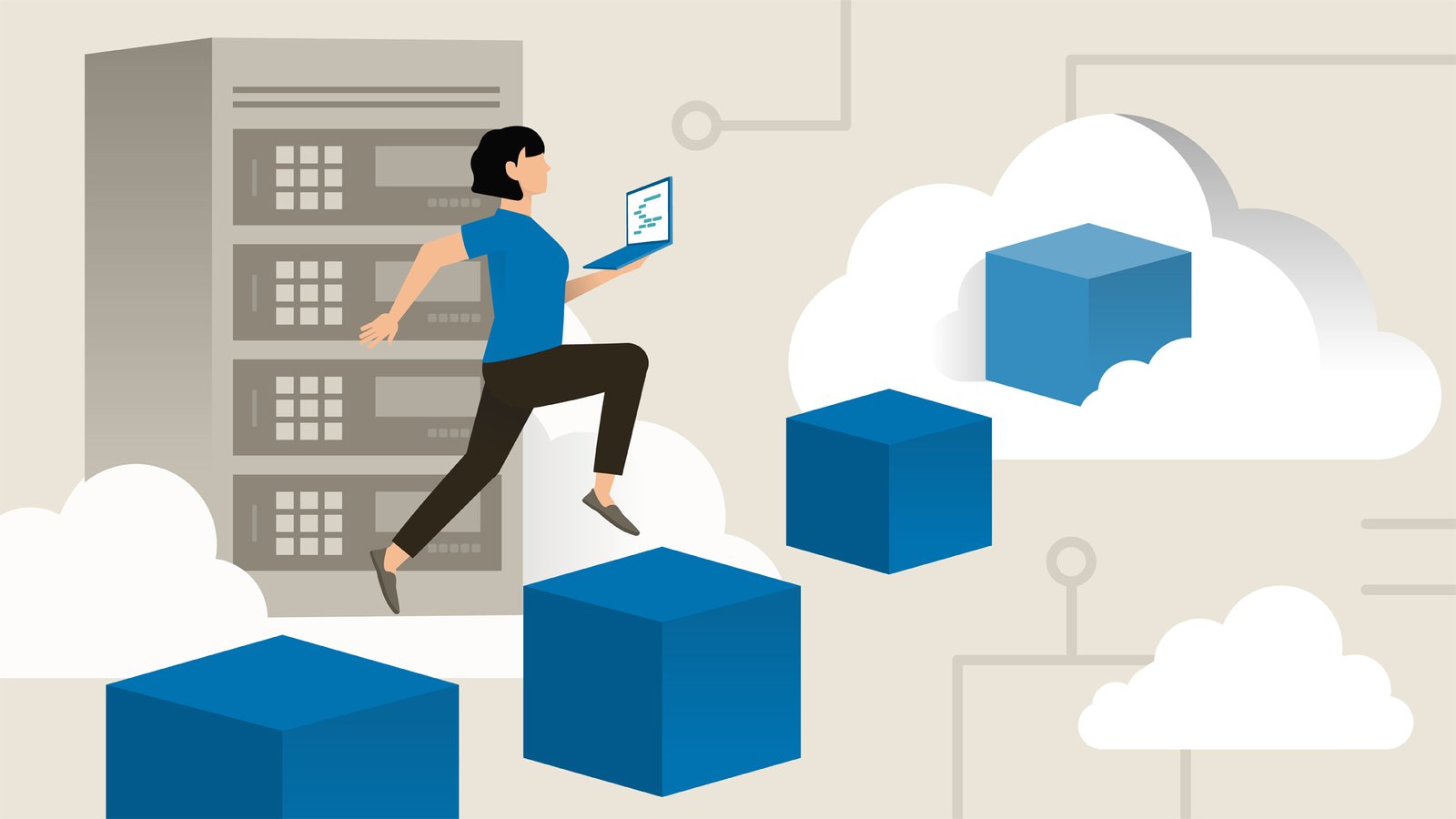
How to Identify the Right Cloud Service Model for Your Business
Cloud computing allows businesses to access IT resources over the internet, anywhere at any time. It eradicates the need to own stand-alone computer applications or physical assets such as servers and networking equipment. Typically, cloud services are accessed on a subscription basis.
Businesses today prefer cloud-based solutions because of the cost and capacity advantages that are inherent to the nature of cloud service models. Here is an overview of how cloud computing is modelled. Visit here if you are looking for a cloud service.
Characteristics of cloud computing models

- On-demand: Pricing of cloud computing is done on a usage basis. Therefore, you pay as much as you use. It is also specific to the type of resources to which you subscribe. You can choose custom resources that match your specific business needs. This on-demand model eradicates the burden of owning unutilized resources.
- Scalability: The cloud service model supports dynamic scalability. Scalability can be adjusted in real time. Should demand resources increase or decrease, you can adjust accordingly. Therefore, you get the exact resources you need during off-peak or on-peak. There are no shortages or wastage.
- Quick setup: Since cloud services are deployed over the internet, they can be accessed anywhere. Setting up a cloud service or replicating an existing running environment is easier than a traditional physical setup. The technical ability needed is minimal since the service provider handles support and maintenance.
With the characteristics of cloud computing in mind, you can choose from the following service models depending on your business needs:
Software as a service (SaaS)

Software as a service provider owns software applications that they host on cloud infrastructure. There are many applications deployed under this setup, from document processing software to sophisticated enterprise resource planning systems for your business. Anyone with internet access can use cloud applications from a personal computer or a mobile device.
Infrastructure as a service (IaaS)

In an infrastructure as a service setup, hardware resources such as servers, storage and networking devices are provided over the internet. It is an outsourced alternative to buying computer equipment to deploy applications. A service provider owns and runs the computer hardware. To use infrastructure as a service, you pay the service provider a periodic rate to access the resources online. In return, the cloud iaas provider handles maintenance, support and security of the hardware.
Platform as a service (PaaS)

Platform as a service offers both infrastructure and virtual environments, including operating systems, necessary to deploy your business applications. The provider handles support and maintenance of the underlying systems that your business applications run on. Service providers also run hardware components such as storage and servers. However, business applications hosted on the cloud platform remain under your control. It allows you to focus on the performance of your business applications without worrying about the underlying infrastructure.
Cloud service models avail computer resources easily without upfront capital investments. Because the model does not need long term commitment to own physical assets, it is well adaptable to dynamic business resource requirements. The cloud offers global access since all purchasing and setup is done online.




